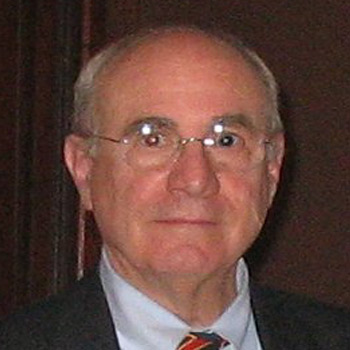D isulfiram is a chemical compound first synthesized in the late 1800s. By the early 1900s, it was used as an industrial agent in the manufacture of rubber. The sulfur-containing substance also had some medicinal uses, such as treating parasites.

In 1937, a physician published a paper about disulfiram. He reported that rubber workers experienced violent physical reactions after they drank alcoholic beverages. He suspected this was connected to their exposure to disulfiram.
This led to the discovery of what is commonly called the “disulfiram reaction”—being exposed to disulfiram and consuming alcohol causes an intensely disagreeable physical reaction.
In 1951, the Food and Drug Administration licensed disulfiram under the trade name Antabuse, for the purpose of discouraging alcoholics from drinking. (It is sold under different trade names in other countries.) Antabuse has been on the US prescription drug market ever since and has been recognized as having mild to moderate side effects.
In recent years, a combination of factors has resulted in new attention being focused on disulfiram. In 2015, a research team led by Dr. Kim Lewis of Northeastern University demonstrated that Borrelia burgdorferi (Bb), the causative agent of Lyme disease, forms dormant persister cells. These persisters cannot be eradicated by the standard recommended antibiotics. Dr. Lewis’s findings prompted several drug-screening studies looking for medications to kill off these antibiotic-tolerant persister cells.
New focus on old drug
In 2016, BioADD lab—located at Stanford University and run by Director Jayakumar Rajadas PhD and lead researcher Raveendra Pothineni PhD—published groundbreaking research. After testing thousands of compounds against cultures containing active and persister Bb cells in the laboratory, they found disulfiram to be the most effective in killing all forms of the bacteria. This was a stunning discovery.
Later that year, Dr. Lewis spoke about his work with persisters and the potential use of disulfiram against Lyme disease at the LymeMIND conference in New York City. A long-term Lyme patient later viewed a video of Dr. Lewis’s presentation on YouTube. The patient brought the information to his treating physician, Dr. Kenneth Liegner, and asked to try the medication.

Jayakumar Rajadas PhD

Dr. Kim Lewis

Dr. Kenneth Liegner
Join or login below to continue reading.




























